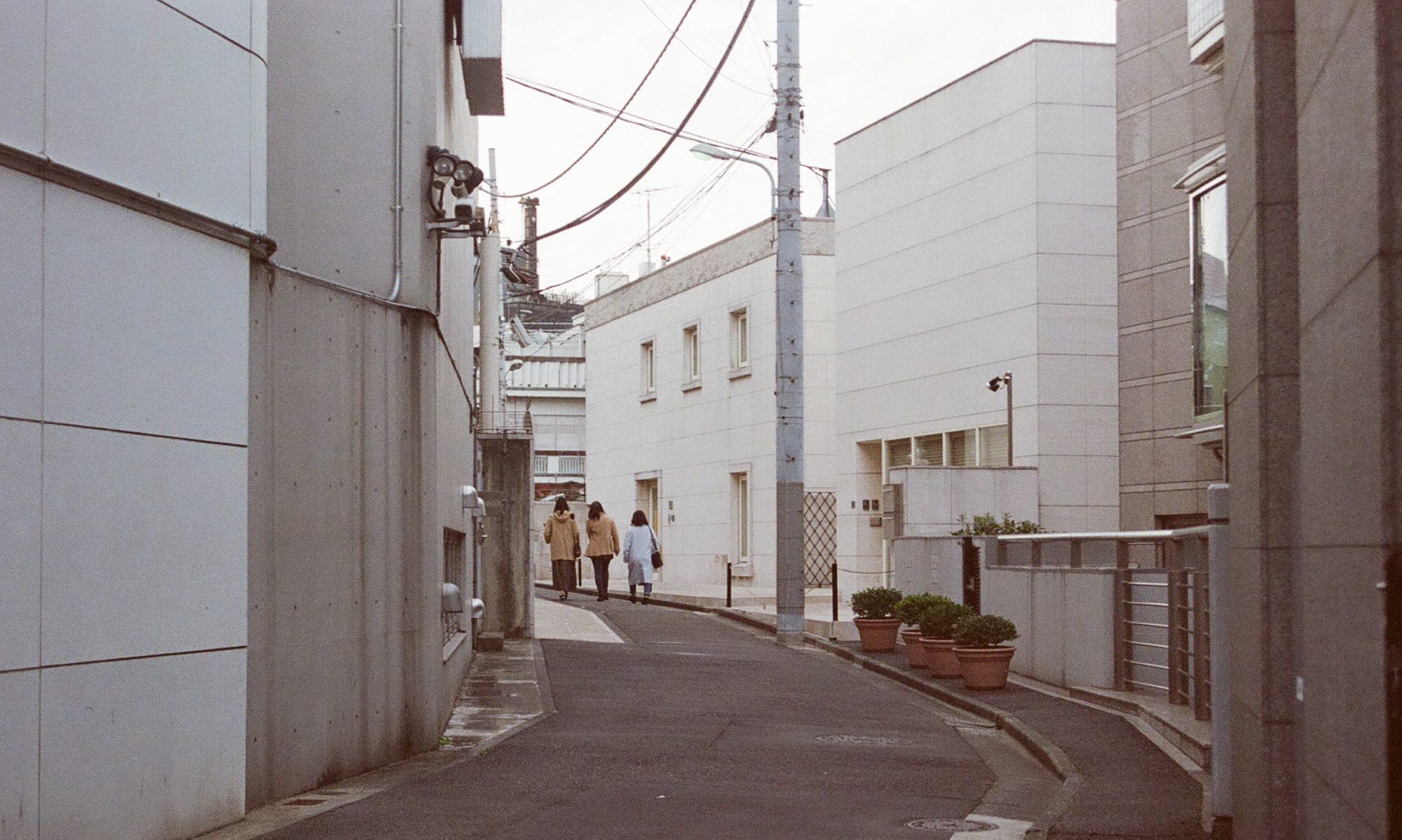WHAT

WHY

HOW – Considerations

FEEDBACK (21/08/2020)
- Touch the Light
Haptic feedback for the visually impaired – Navigation through haptic devices
Interfaces – Muscle stimulator
- Interaction with Light – link between physical actions and the reaction of light and sound
> Connecting link with an act/action with a visual/ auditory response
eg. Laser Forest, Laser Harp
- Relevance of references/ readings – Connecting the applicable aspects/ inspirations/ philosophies of the works to my idea (eg. Connecting how light is used in architecture to create textures to the specific qualities of light/ how light is seen/ what qualities of light is/ could be haptic?) -> Can be done in comparative analysis
- Haptic vs. Non-haptic actions and the following output
NEXT STEP:
1. What are the qualities of light that I want to touch?
> Consider controllable properties, the function of the light to be touched, the psychophysical considerations, interaction with other materials, etc
2. Consider the connection/ gap between intended action/ movement and sensory feedback
Some research on Haptics and Human Perception:
Tactile/ Haptic Feedback:
Cutaneous Receptors (perception of touch and pain, simulation of the skin)
mechanoreceptors (sensing pressure and texture
Thermoreceptors: sensing temperature
Nociceptors: sensing pain
Human Perception of touch:
Plasticity – Cortical representation of a particular function can become larger if that function is used often
Spatial Acuity
Temporal Acuity
Vibrotactile Perception – vibration sensation
Texture perception – Spatial cues, Temporal cues
Object Perceptive – Active Touch (experience of the objects you are touching) vs. Passive (experience of stimulation of the skin)

Haptics: technology that involves transmitting digital information through the sense of touch (apply force, vibration and motion to the user)
3. Sense of touch provides tactile information about – the hardness, softness, malleability, or rigidity, etc qualities of objects
> Are these qualities that light possess? Can they be produced and represented physically/ through tactility?
Some qualities that light possess – Intensity (hardness), Diffused (softness), texture, frequency (rhythm), motion(time), colour (temperature), direction (spatial perspective), from, luminousness (unique quality)



















